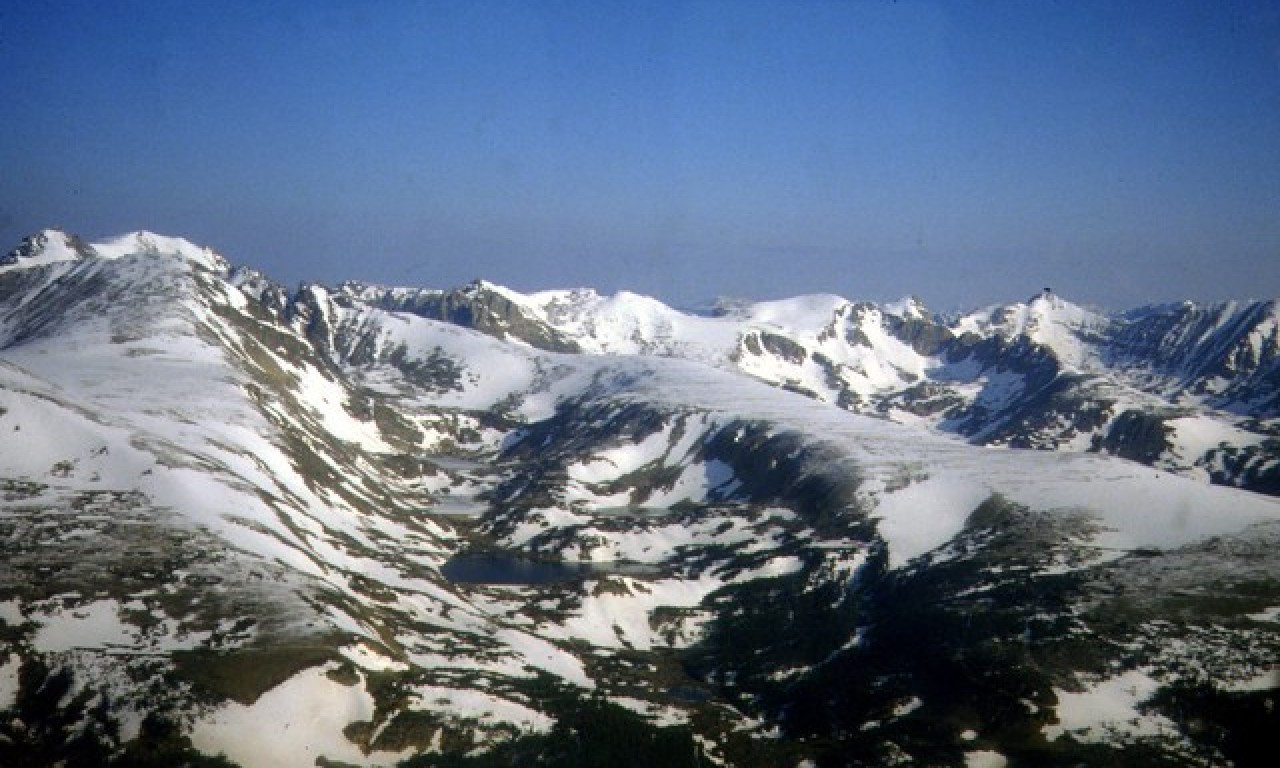Boulder County straddles the transition zone between two great geographic regions in North America: the Front Range of the Southern Rocky Mountains and the Great Plains. The abrupt and dramatic rise from the mile-high prairie to over 14,000 feet at Longs Peak creates Boulder County’s diverse landscapes, and plays a vital role in our rich hard rock mining history.
Ancient Landscapes
Three hundred million years ago, the Ancestral Front Range uplifted about 30 miles west of where the current Front Range is today. Millions of years of weathering and erosion wore those ancient peaks away and buried them in sediment and debris thousands of feet thick. Shallow seas periodically advanced and retreated from Colorado, and dinosaurs evolved and went extinct.
Birth of the Colorado Mineral Belt
Renewed uplift began about 65 million years ago, fracturing and tilting sedimentary rock layers and setting the stage for our hard rock mining heritage. The Colorado Mineral Belt was created during this mountain-building period, as mineral-rich solutions were injected into fractures of older rock. These solutions hardened to form veins of precious metals, which have been mined extensively in Boulder County and throughout the mountains of Colorado. Gold, silver, lead, zinc, and tungsten have all been part of Boulder County’s colorful mining history.
Today’s Rockies
About nine million years ago, the most recent episode of mountain-building began forming the present-day Rocky Mountains. The western U.S., from the Sierra Nevada Range in California to the Colorado Front Range, was uplifted by 5,000 feet or more. During this period, Colorado’s 14,000 foot peaks were born. Deep valleys and canyons were cut as erosion was accelerated by the regional uplift.
Finishing Touches
As wind, water, ice, and gravity continued to erode and transport sediment downstream, nearly two-billion-year-old rocks were exposed along the Continental Divide to the west. Within the last two million years, valley glaciers above 8,000 feet sent sands, gravels, and rocks to the plains below, carving out the high country scenery that we enjoy today. Today’s landscape is only the most recent chapter in the dynamic and ongoing geologic story of Boulder County.


